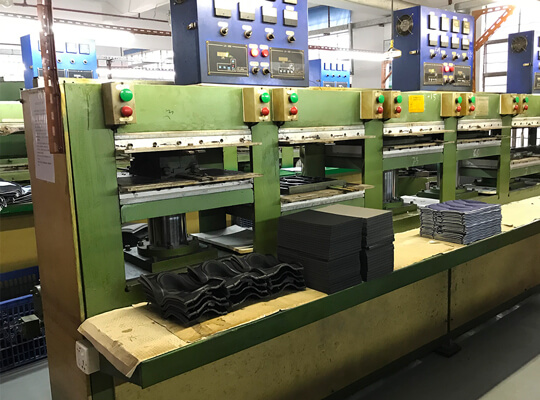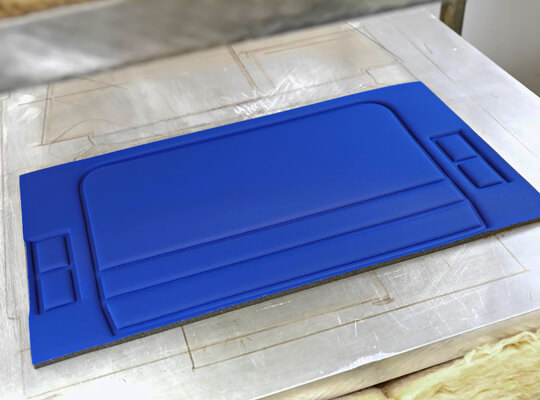Foam Thermoforming
Foam Thermoforming
Thermoplastic foam is known for its spongy consistency, achieved by heat and press, such as EVA foam, Polyethylene foam or polyurethane foam. Those foams are particularly useful, because it is also available in expanded form, and it can be molded into several shapes through a process known as ” Foam thermoforming”.
Foam Thermoforming is actually not a single method, but rather a collection of various ways to model foam through the use of heat and pressure. Typically foam is heated until it becomes malleable enough that it can for shapes. Once the manufacturers achieved the desired shape in a set-up tooling mold, the foam is left to cool. The process of thermoforming mainly works by using an oven, which is meant to bring the foam as an optimal temperature to render it into a more pliable matter. This way, it is much easier to shape it and work with it.
One of the main advantages of foam thermoforming is definitely the fact that the process is cost-effective and relatively quick. Also foam thermoforming can provide consistent results, ideal for large-scale manufacturing. Thermoforming foam can be more durable and resilient compared with foam material without treated by thermoforming.
Main Advantages:
- High efficient fabrication process to make 3D foam shapes with high precision
- Enhance durability and resilience of foam products
- Works with a wide range of foam materials including both closed cell and open cell foam
Related Foam Material:
- EVA Foam
- Polyethylene Foam
- Polyurethane Foam
- PVC Foam
Applications:
- Foam Packaging
- Foam Composites
- Custom Foam Products
- Protective Foam Cushions


